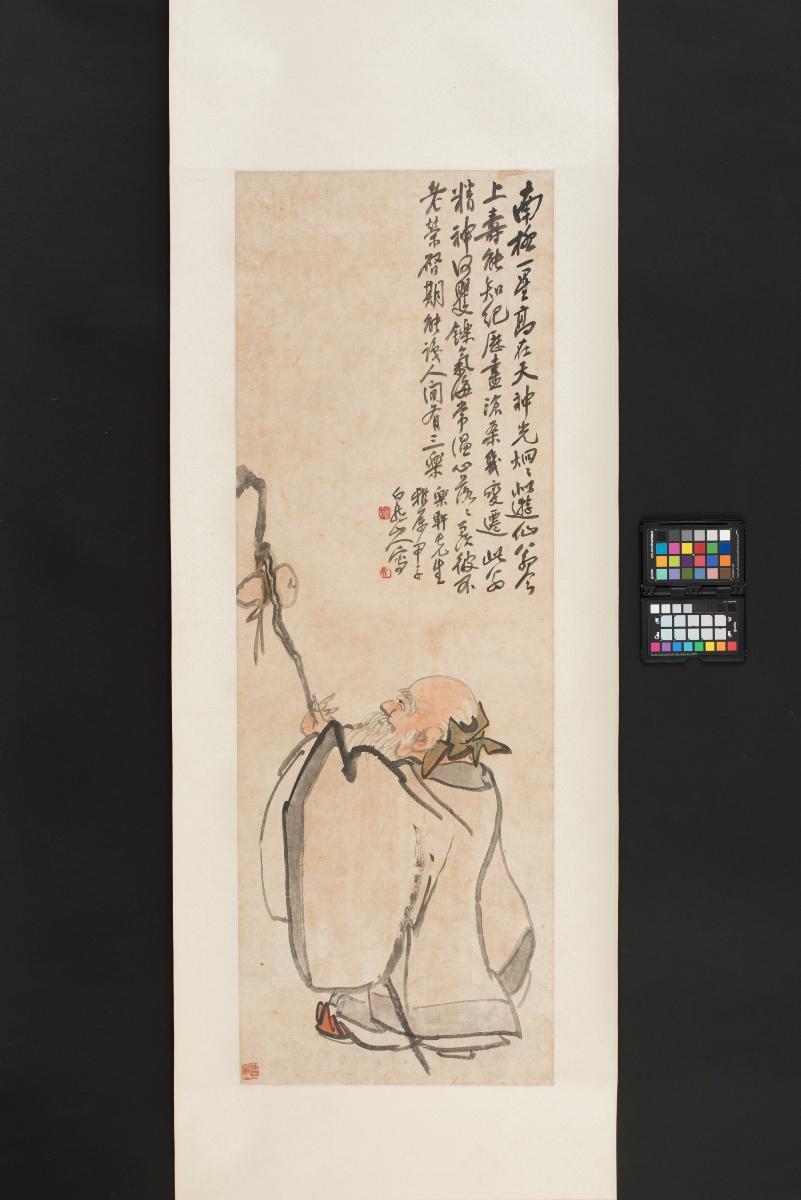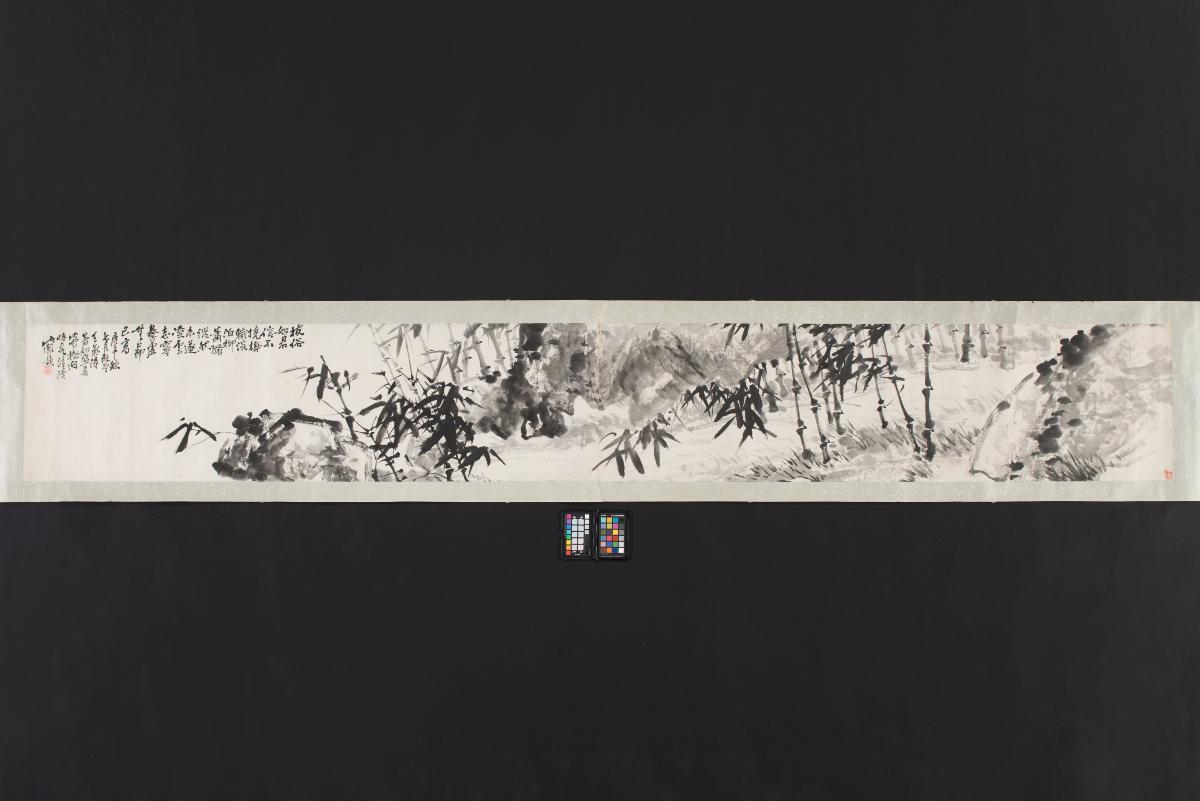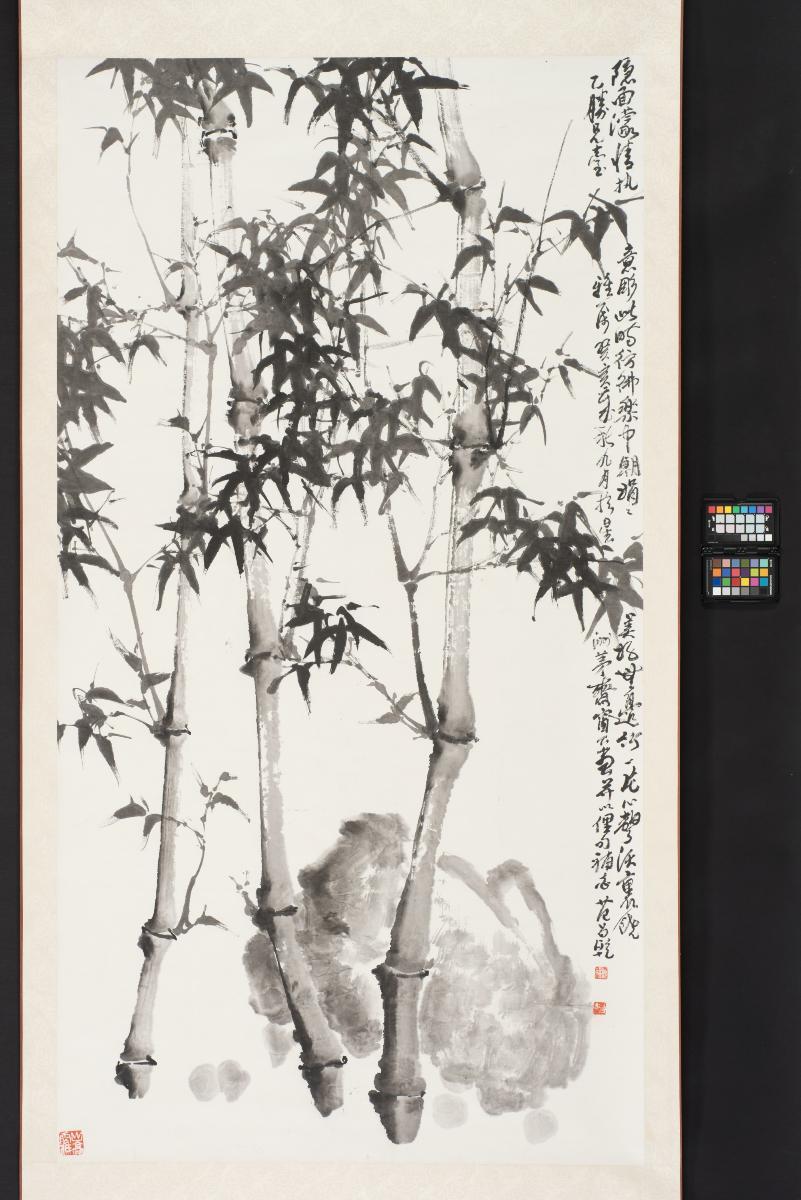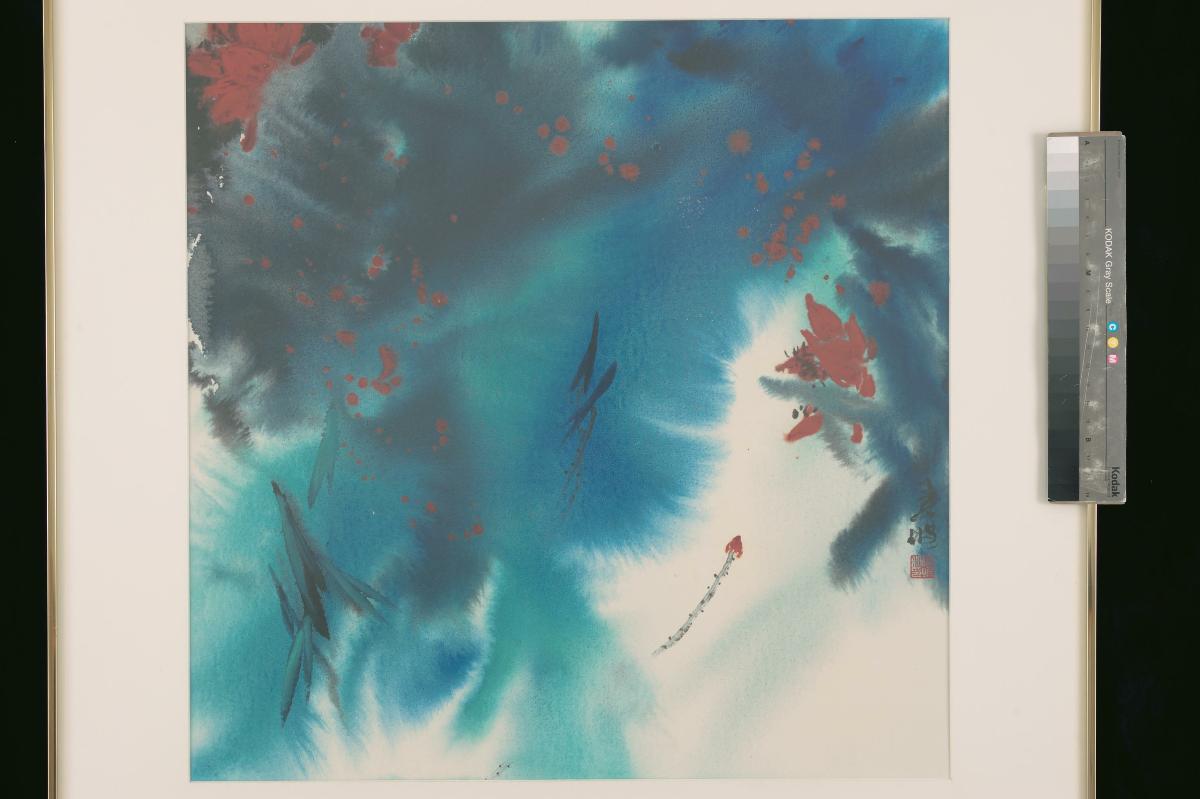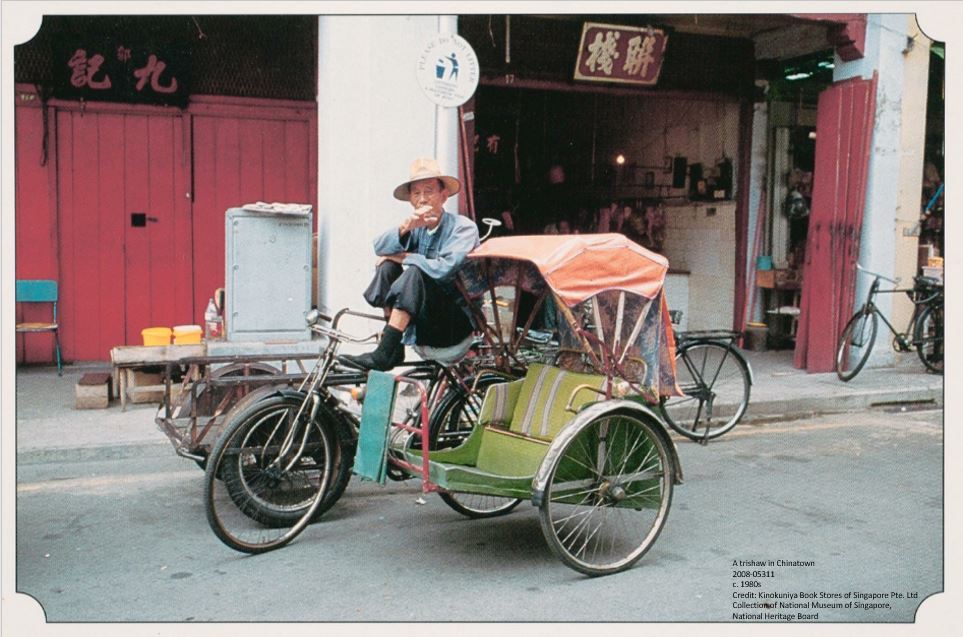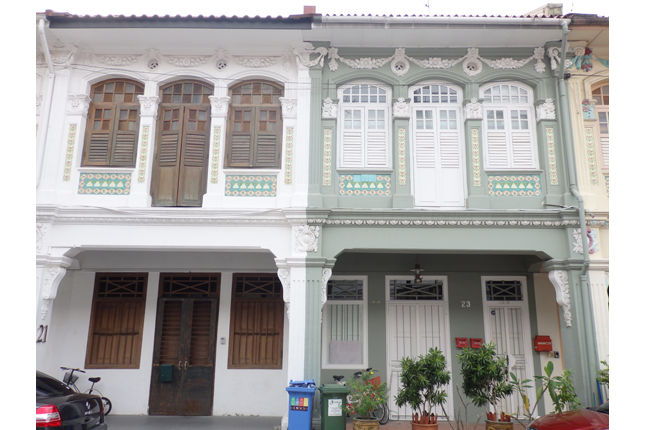A celebrated Chinese ink painter of the Shanghai School (海派). He spent most of his life in Shanghai as a successful businessman, an influential art patron as well as a renowned artist who furthered the reputation of the Shanghai School. He learnt painting from Ren Bonian (任伯年) and was also considered a disciple of Wu Changshuo (吳昌碩), both of whom are widely regarded as the leading masters of Shanghai School ink painting. Wang's painting enjoys considerable popularity in Japan where he had made many trips in his business and artistic career. Wang is known as ‘O Itei’ to the Japanese. He is known to be a devout Buddhist which can be seen in his productive creation of Buddhist figures.With the early learning from the Shanghai school master Ren Bonian, Wang Zhen built a solid foundation in figure painting. His figure style was further influenced by the master Wu Changshuo by way of brushwork handling that is largely based on calligraphic and epigraphic qualities. As shown in this work, Wang’s linear stokes in the representation of the Old Man of the South Pole (南极仙翁, the Taoist deification of Canopus and a symbol of happiness and longevity in Chinese culture) maintains a succinct quality and a sense of directness. The work will be a good example to understand the artistic legacy of the Shanghai school ink painting, subsequently transformed into the Singapore context, with much effort made by the early Chinese immigrant artists such as See Hiang To and Fan Chang Tien.




